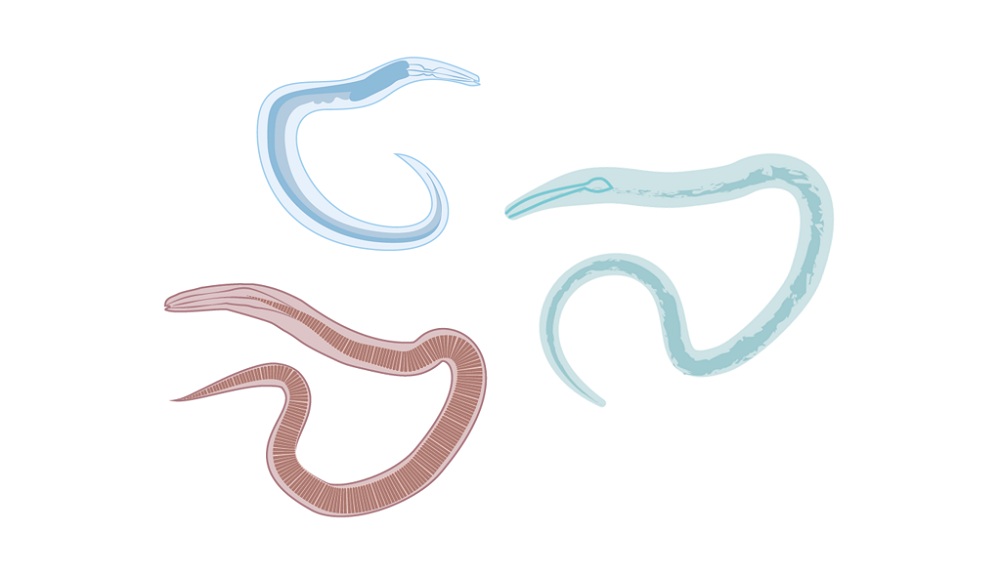- Home
- Knowledge library
- Identification and management of nematodes in field crops
Identification and management of nematodes in field crops
A diverse group of slender worms, most nematode (Nematoda) species are parasitic – feeding on plants, bacterial, fungi or other nematodes. Also called roundworms or eelworms, discover which harm crops and which support a healthy soil ecosystem.
 AHDB
AHDB
Defining features of nematodes
Soil nematodes are microscopic – less than 3 mm long and only 15–100 µm wide. Although difficult to distinguish, they can be identified by their mouthparts. They are grouped according to their feeding habits:
- Bacterial feeders
- Fungal feeders
- Omnivores
- Predators
- Plant feeders (parasites)
Plant-parasitic nematodes
Plant-parasitic nematodes will always be present in agricultural soils, but many are not serious pests. Find about the plant-parasitic nematodes of most concern in UK agriculture.
How to encourage natural enemies of field crop pests
Several nematode species help control other pests.
 Jon Oakley.JPG) Jon Oakley
Jon Oakley


 BBRO.JPG?v=637780265090000000)
 Bayer CropScience.JPG?v=637780265090000000)

 Rothamsted Research.JPG?v=637780265090000000)